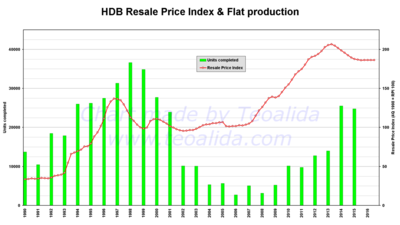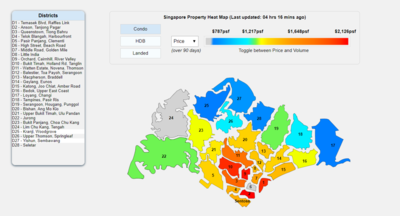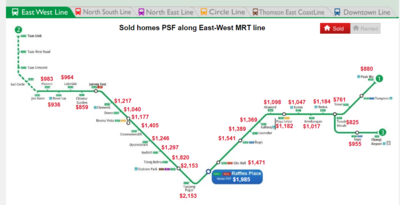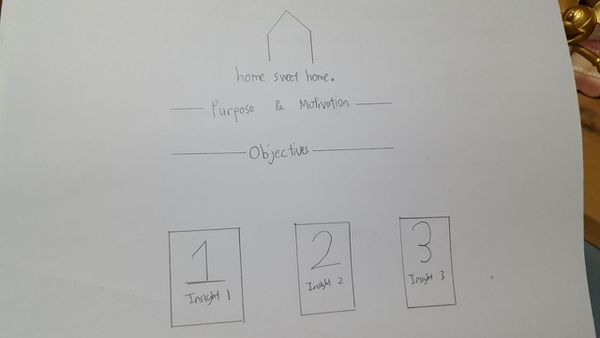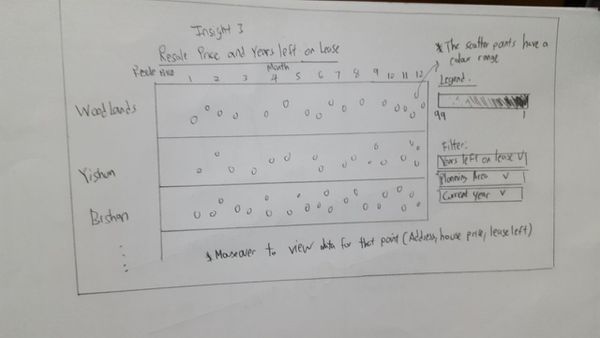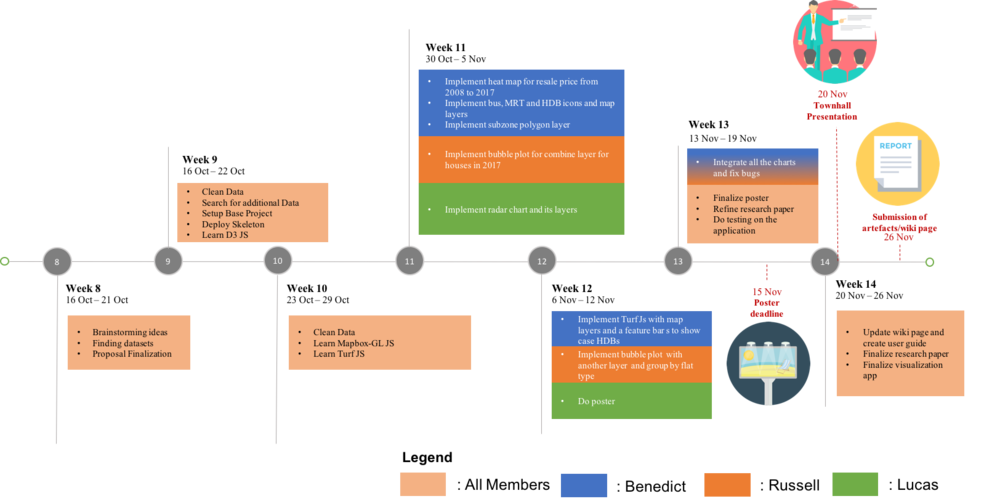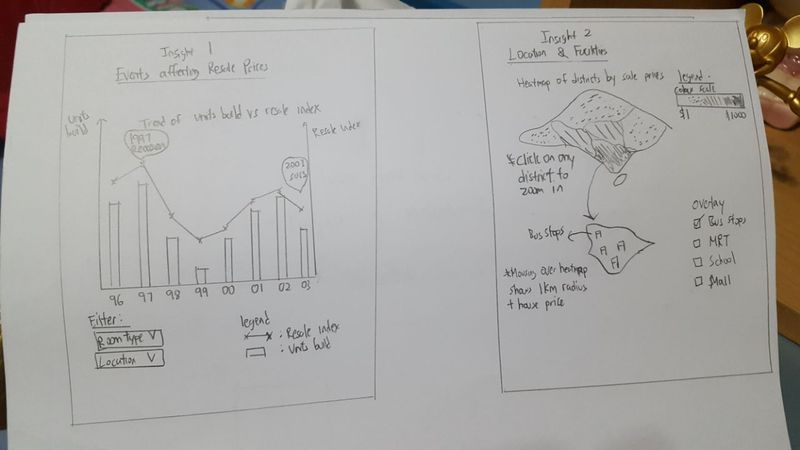Difference between revisions of "1718t1is428T2"
| Line 140: | Line 140: | ||
# Upon clicking "Explore", analysts will then begin their process of exploration | # Upon clicking "Explore", analysts will then begin their process of exploration | ||
|- | |- | ||
| − | | [[File: | + | | [[File:HSH Homesketch.jpeg|600px|center]] |
|| | || | ||
| − | # When a user enters our app, we will | + | # When a user enters our app, we will show them a brief history of HDB followed by the problem that most young people are facing with regards to understanding the HDB situation. |
# The 3 insights we are trying to show will be displayed as 3 clickable buttons so that it is easy for a user to know what exactly he wants to look for at a glance. | # The 3 insights we are trying to show will be displayed as 3 clickable buttons so that it is easy for a user to know what exactly he wants to look for at a glance. | ||
|- | |- | ||
| − | | [[File: | + | | [[File:HSH insight1.jpg|600px|center]] |
|| | || | ||
| − | # In the next phase of the exploration, | + | # In the next phase of the exploration, we |
# The radar chart shows 6 different governance indicators that defines how well a country is governed. The closer the area is to the center of the chart, the less well governed the country is. Upon mouse-over of each area, one can also retrieve the exact values of each governance indicator. | # The radar chart shows 6 different governance indicators that defines how well a country is governed. The closer the area is to the center of the chart, the less well governed the country is. Upon mouse-over of each area, one can also retrieve the exact values of each governance indicator. | ||
# The bubble plot groups attacks based on 3 main categories - country, target victim and political terror scale. Firstly, by grouping based on country, one can better visualize the number of attacks that took place in each country and contrast it with the data presented in the radar chart. Secondly, by grouping based on target victims, one can also establish the most common targets of these terrorist attacks that took place. This will bring analysts further in the data exploration, especially if there are high numbers of attacks targeting at certain groups of people. Lastly, grouping by political terror scale allow the analysts to contrast information with the radar chart. In addition, by looking at the count of attacks in each scale, one can also identify interesting patterns. | # The bubble plot groups attacks based on 3 main categories - country, target victim and political terror scale. Firstly, by grouping based on country, one can better visualize the number of attacks that took place in each country and contrast it with the data presented in the radar chart. Secondly, by grouping based on target victims, one can also establish the most common targets of these terrorist attacks that took place. This will bring analysts further in the data exploration, especially if there are high numbers of attacks targeting at certain groups of people. Lastly, grouping by political terror scale allow the analysts to contrast information with the radar chart. In addition, by looking at the count of attacks in each scale, one can also identify interesting patterns. | ||
| Line 201: | Line 201: | ||
<br/><div style="background: #347473; padding: 15px; font-weight: bold; line-height: 0.3em; text-indent: 15px;letter-spacing:-0.08em;font-size:20px"><font color=#fbfcfd face="Century Gothic">OUR BRAINSTORMING SESSIONS</font></div> | <br/><div style="background: #347473; padding: 15px; font-weight: bold; line-height: 0.3em; text-indent: 15px;letter-spacing:-0.08em;font-size:20px"><font color=#fbfcfd face="Century Gothic">OUR BRAINSTORMING SESSIONS</font></div> | ||
<p>The following are some of the proposed storyboard that we designed during our brainstorming sessions:</p> | <p>The following are some of the proposed storyboard that we designed during our brainstorming sessions:</p> | ||
| − | [[File: | + | [[File:File:HSH Homesketch.jpeg|800px|center]]<br/> |
| − | [[File: | + | [[File:HSH Insight 1 and 2.jpg|800px|center]]<br/> |
| − | [[File: | + | [[File:HSH Insight 1 .pg|800px|center]]<br/> |
<br/><div style="background: #347473; padding: 15px; font-weight: bold; line-height: 0.3em; text-indent: 15px;letter-spacing:-0.08em;font-size:20px"><font color=#fbfcfd face="Century Gothic">COMMENTS</font></div> | <br/><div style="background: #347473; padding: 15px; font-weight: bold; line-height: 0.3em; text-indent: 15px;letter-spacing:-0.08em;font-size:20px"><font color=#fbfcfd face="Century Gothic">COMMENTS</font></div> | ||
<p>Feel free to comment to help us improve our project! (:</p> | <p>Feel free to comment to help us improve our project! (:</p> | ||
Revision as of 20:43, 15 October 2017
In the year 1960, Singapore was facing a huge crisis. Many people were living in unhygienic slums and crowded squatters with only a meager 9% of Singaporeans lived in government flats, while everyone else yearned for a place to call home sweet home.To counter this crisis,, the Housing & Development Board (HDB) was incorporated on 1 February, 1960 and tasked with the critical mission of solving the crisis ar hand. In a mere span of 10 years, HDB had attained its goal and solved the housing crisis.
However, in 1993, HDB stopped deciding the prices of new apartments based on construction costs, instead they decided based on market prices. Prices of resale flats and new flats entered in a vicious circle, rising 50% in just 6 months of 1993 and tripled to 1996. This move closed the price gap between small and large flat types and hub pricing have never been he same again.
Thus, as graduates to be who will most likely enter the job market soon and start looking for a place to call home, we felt that it would be interesting to look into the historical flat data so that we can see which flats in Singapore would be the most value for money so that we can actually get a home which is worth its investment. We also felt that it would be fun to explore trends in the resale flat prices and see what factors really affect the prices of HDBs and see how much of a premium people attach to amenities such as proximity to public transport, schools and etc...
In this project, we are interested to create a visualisation that helps users perform the following:
- View the trend in the resale prices over time with respect to major events that happened in the year (Example: 1993 Change in Pricing Model,1997 Recession
- Identify which areas are more expensive and possible reasons for the high value (Proximity to public transport, Schools, Shopping Malls, Park)
- To find out if getting a specific HDB is a good investment based on the number of year left on the lease and which locations may potentially be more profitable based on the age of the HDB.
By using our visualisation, we will be able to give users a better idea of the pricing situation of the resale HDBs so that people can make better decisions in the HDB which they want to choose to call their home. Such as when is the best time to buy as HDB; where are the most profitable / cheapest locations; whether a HDB is expensive
In our analysis, we will only be using data within the year of 1990 - 2017. The rationale for the range of data selected is as follows:
The dataset for analysis will be retrieved from multiple databases, as elaborated below:
| Dataset/Source | Data Attributes | Rationale Of Usage |
|---|---|---|
(https://data.gov.sg/dataset/resale-flat-prices?resource_id=83b2fc37-ce8c-4df4-968b-370fd818138b ) (https://data.gov.sg/dataset/resale-flat-prices?resource_id=8c00bf08-9124-479e-aeca-7cc411d884c4 ) (https://data.gov.sg/dataset/resale-flat-prices?resource_id=adbbddd3-30e2-445f-a123-29bee150a6fe ) |
|
|
(https://www.mytransport.sg/content/mytransport/home/dataMall.html# ) |
|
|
(https://www.mytransport.sg/content/mytransport/home/dataMall.html#) |
|
|
(https://data.gov.sg/dataset/school-directory-and-information) |
|
|
There are many charts and visualisations available which illustrates the various trends of house prices and index. We have selected a few of these to study and learn before we begin developing our own visualizations.
| Related Works | What We Can Learn |
|---|---|
|
|
|
| |
|
| Proposed Layout | How Analyst Can Conduct Analysis |
|---|---|
| |
| |
|
The following are some of the key technical challenges that we may face throughout the course of the project:
| Key Technical Challenges | How We Propose To Resolve |
|---|---|
| |
| |
| |
|
The following shows our project timeline for the completion of this project:
The following are some of the tools/technologies that we will be utilizing during the project:
- D3.js
- Proj4.js
- Google Maps Distance Matrix API
- Google Search API
- Github
- Node.js
- Angular.js
- DrWealth’s infographic (https://www.drwealth.com/singapore-property-prices-along-mrt-lines/)
- Data Gov Database (https://data.gov.sg)
- D3.js (https://d3js.org/)
- Examples By Mike Bostock (https://bost.ocks.org/mike/example/)
The following are some of the proposed storyboard that we designed during our brainstorming sessions:
Feel free to comment to help us improve our project! (:

